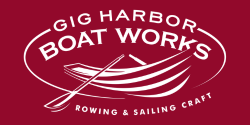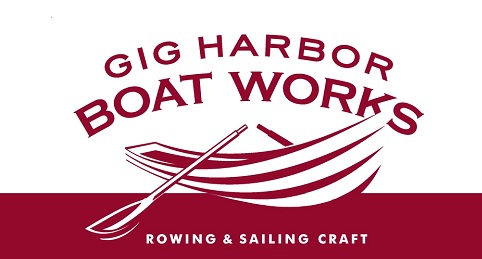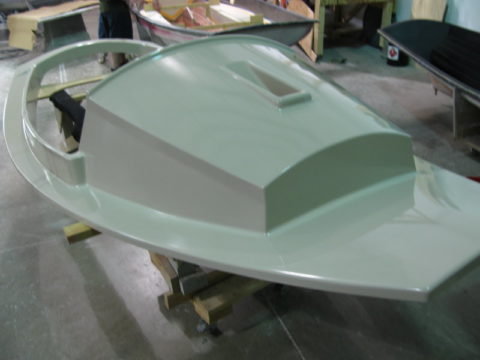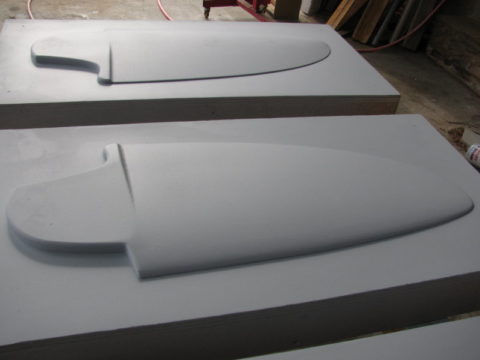This has been a real busy last few weeks… Almost two full weeks were occupied with the all-encompassing exhibit at the Seattle Boat Show in January. Not only was it the first showing of Scamp (the prototype) to the public at a major boat show, we also exhibited our entire line of traditional rowing and sailing craft. This entails fifteen 10-to-12-hour days and innumerable vehicle trips between Gig Harbor and Seattle. Plus we kept making progress on the Scamp deck mold.
Last week we pulled the first deck from the mold and I have to admit a measure of pride. Exactly as I had hoped, the character of Scamp shows through with that pugnacious look that intrigues people, yet has a polished appearance. The tricky lines of the deck coaming and tight radiuses in the deck all had to be laboriously hand sanded and polished because they are too tight for machine work. It took many days of hand sanding and polishing before the deck mold was clean and shiny enough to be confident the first deck would release from the mold. When we get into production, the deck will be the most difficult part to laminate because of all those tight contours.
During those last few busy weeks we were also working on essential parts that are easy to overlook yet critical to the end result…the foils for the rudder and centerboard. Like the hull, these parts require precision two part molds, in this case matching the NACA foil shape and dimension per the one design pattern. We built these rudder and centerboard halves and constructed precision bases to which the halves are mounted. These are then primed and polished to become plugs for molds to ensure every glass Scamp has identical rudder and centerboard.
Every production rudder and centerboard will be tricky to laminate too. Each will be built in a two-part clamshell mold into which there is a specified amount of lead ballast plus reinforced core areas for pivot pins and lifting tackle.
We just brought the hull mold, with the hull still in it, and the new deck from the glass shop in Tacoma to our Gig Harbor location where we do the woodwork. Next comes the intricate construction of the interior plugs and especially the forward bulkhead. The tolerances for the bulkhead are critical and can’t be established until the final glass deck is mounted on the hull. Although I’d love to see the glass hull, we are leaving it in the mold until every part is fabricated to ensure correct fit with no possibility of distortion.
It sure was an eye opener exhibiting Scamp at the Seattle show. The vast majority of attendees at big shows have never heard of SCA or Scamp so this is their first exposure… Scamp drew an amazing crowd. When folks walked down the show aisle at our exhibit the first thing they did was veer directly to Scamp. Lots of questions! We sure appreciated Josh coming to the show on the busiest Saturday to help entertain the crowd with Scamp stories. We also had a number of visits from people already building a kit or considering building one. Universally they liked our plan for modifications and improvements to the prototype and a couple of ’em said that after hearing our development they wished they’d waited for a glass version. Scamp was so enticing that we received a couple more deposits. A tip o’ the hat to John L. and Disralei C., who are now in line for hulls #9 and #10!
More to come, and if you have questions or comments don’t hesitate to send us an email!
Dave and crew at GHBW





